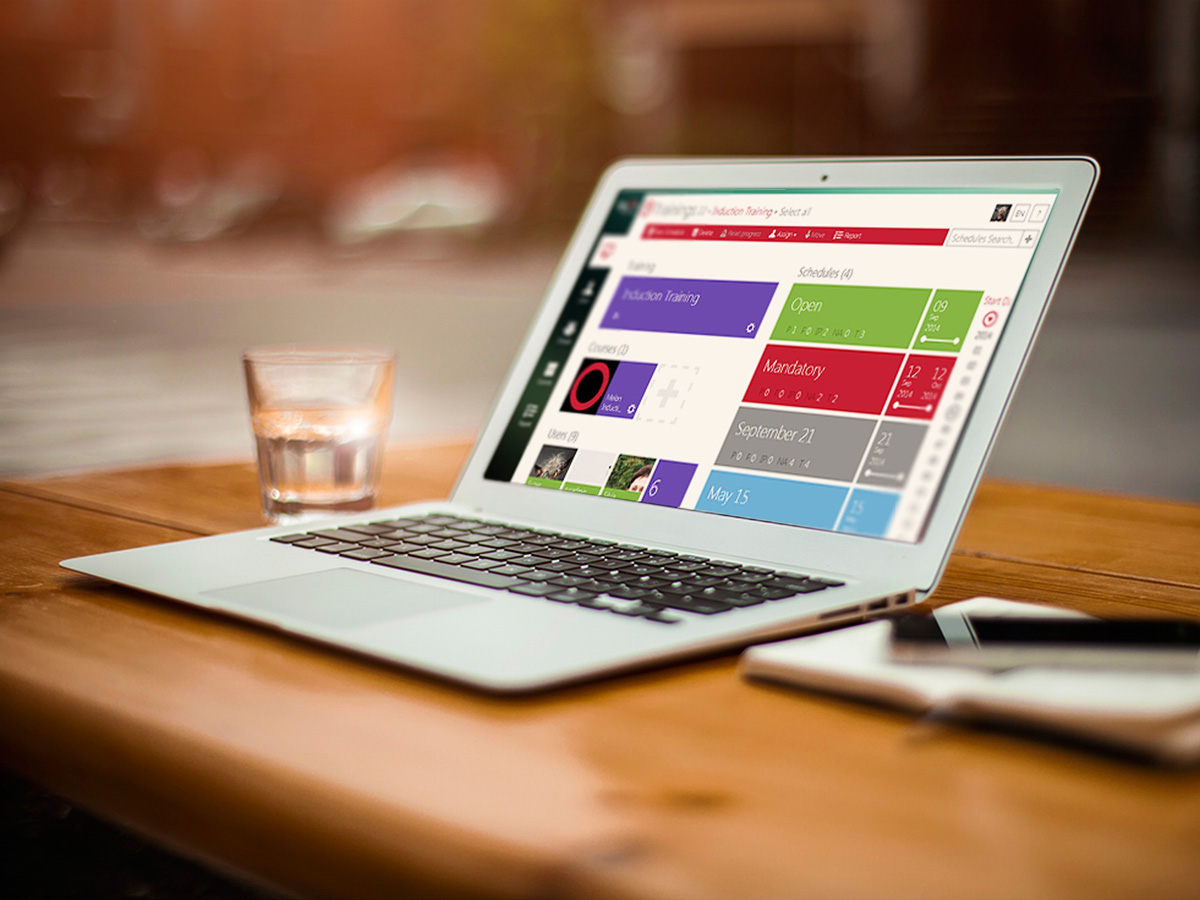 Nowadays, we are spoilt for choice when it comes to deciding which Learning Management System to implement in our company. So, before you make your selection, it is important to know what are your needs for delivery as well as your time and budget constraints and the main training and knowledge management goals for the LMS.
Nowadays, we are spoilt for choice when it comes to deciding which Learning Management System to implement in our company. So, before you make your selection, it is important to know what are your needs for delivery as well as your time and budget constraints and the main training and knowledge management goals for the LMS.
We have outlined the major LMS categories depending on different criteria such as cost, purpose of use, integration with other systems, etc. So, first up:
Corporate vs Academic
Corporate and academic LMSs are in their essence very much alike. In each case, the end users have remote access to the content and can learn at their own pace, time and place. Also, there are content creation and management tools available and the learning process can be very much automated. The differences are mainly in the focus on business versus academic learning needs, as well as in the degree to which they support different monitoring, integration and admin features that are specific to the corporate or educational environments respectively.
In an educational setting the goal of the learning process is to produce well-rounded individuals with deep knowledge of their subject, spark curiosity and teach students to delve and explore deeper in order to broaden their insight. On the opposite end of the scale, in the corporate world, ROI is king, and learning is very practically oriented with much more specific goals and evaluation criteria in mind. These differences are reflected in the way corporate and academic LMS operate. For example, frequency of updates, flexible timelines and scheduling, certification (as opposed to grades), system integration and security are all essential for corporate learning systems, but not so much for academic ones.
Free (open source) vs Commercial (closed source)
Often one of the first decisions that an organization has to face when choosing an LMS is whether to go for a free/open-source platform or a commercial (closed source) solution. If you are constrained in terms of budget and you are confident that you have sufficient in-house technical knowledge and expertise, then you might decide to go for the free LMS solution. However, the freedom of open-source also comes with many responsibilities and if the benefit of lower cost and the ability to customize the system using your own resources does not fill you with confidence, then you should go for a commercial solution.
The commercial software is generally easier to deploy and it also has the added benefit of support. It is more straight-forward to use, so it doesn’t require your learners to have prior technical knowledge, which is usually the case with the open-source options. Of course, it comes at a cost, however, the initial output and the ongoing financial commitment can be far less in the long-term if you have made the right choice compared to a free option.
Cloud (web based/SaaS) vs Installed
So, if you’ve decided to go for the commercial LMS option, there are generally two main types to consider - the cloud option (SaaS - software as a service) LMS or the installed one i.e. hosting the software yourself. The latter gives you more freedom and control of your server space, however it also entails more responsibility for uptime and security for example. If you choose the cloud option, your LMS provider is in charge of all this so you can concentrate on creating and assigning the course content without worrying about hosting, system upgrades, speed or security.
Integrated vs Single-Purpose
Learning Management Systems have developed significantly in recent years so a typical system does not only provide a learning and knowledge management platform any more. The vast majority of commercial solutions nowadays are highly sophisticated and can integrate with other systems and applications that your company is already using i.e. social networks, calendars, email, etc. They can also provide unique support to HR staff and integrate with performance and talent management, recruitment and even payroll systems. Hence it really depends on how much flexibility you want in your LMS and how you plan to roll out and develop the eLearning initiative within your organization when you are shopping for the right solution for you.
Synchronous vs Self-Paced
One last aspect to consider when selecting the right LMS is whether you will need to conduct synchronous learning (involving life online communication between learners and instructors) vs asynchronous learning (also knowns as self-paced), which can be carried both online and offline. If the former is a key requirement for your organization, you should make sure that the LMS you choose supports this functionality.
 What does the Melon LMS have to offer?
What does the Melon LMS have to offer?
Last, but not least, let’s examine quickly what we here at Melon can offer you. Our learning management system is a proprietary corporate solution for commercial usage. It is available both as an installed solution or as hosted (SaaS) option depending on your requirements and goals. It is highly customizable so it suits a vast array of industries and learning goals for a self-paced learning environment, suitable for both small and large teams, in the same or different geographic locations. In addition, it can also be be integrated with various ERP/HR Systems. Our pricing model is per user on a yearly basis. Melon LMS has a fully integrated quiz/test authoring tool and it is SCORM-compliant, i.e. works with all SCORM authoring tools.
Follow the upcoming posts, to find out more about how to choose the right system for your organization and contact us if you would like to find out more about Melon LMS.
